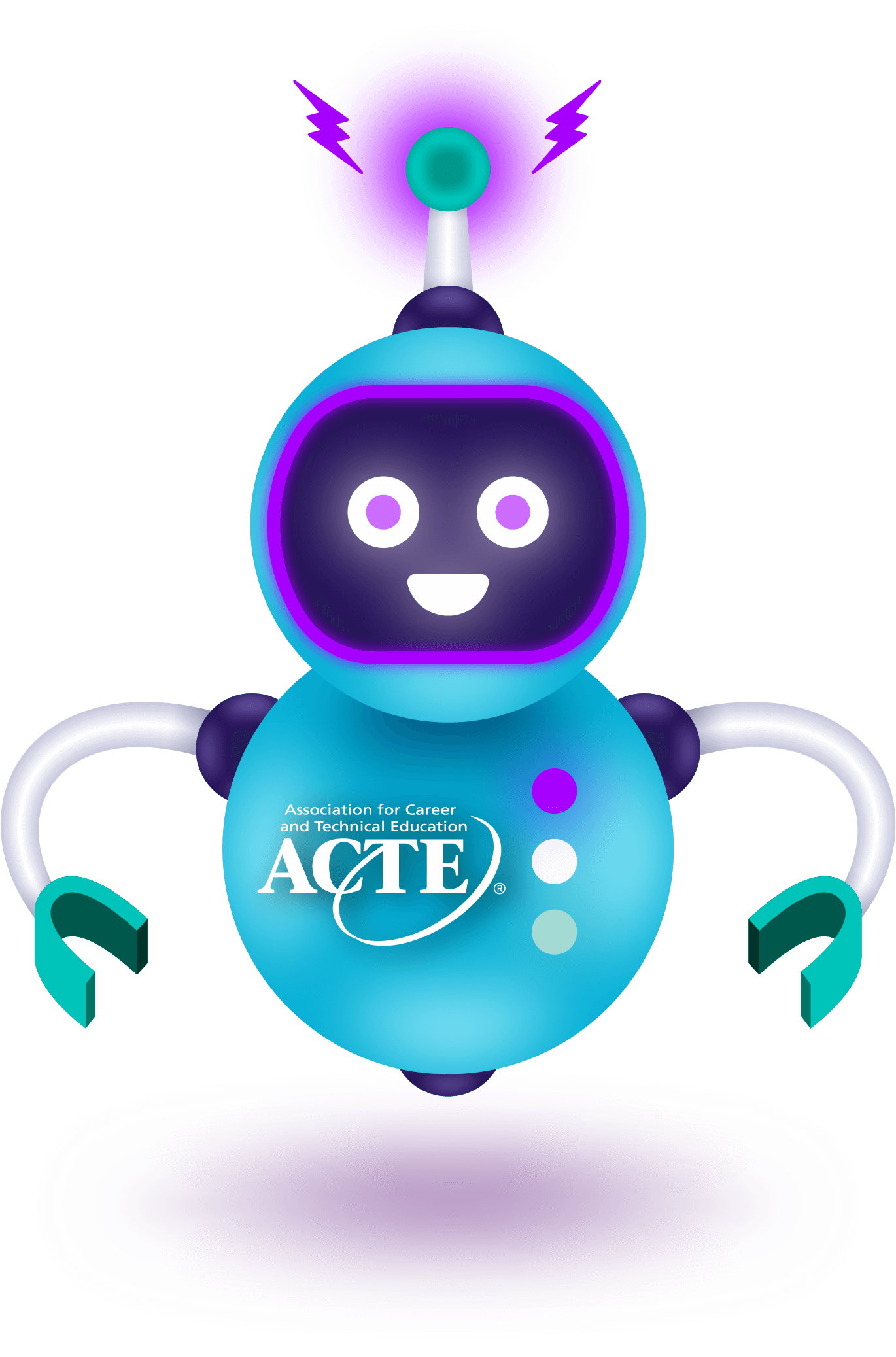The U.S. Department of Education has released data for program year 2021-22, the second year that states reported performance data under Perkins V.
In a previous blog post, we announced the data release and shared high-level takeaways. This post will offer a more in-depth look at the new data, which is accessible through the Perkins Collaborative Resource Network. This data hub includes national- and state-level summaries, a dashboard of national- and state-level performance data and the customizable Perkins Data Explorer tool.
CTE Participants: In 2021-22, there were 11.5 million CTE participants nationwide, including more than 8.1 million secondary participants and more than 3.3 million postsecondary participants. The number of male and female CTE participants is divided roughly evenly, with slightly more males at the secondary level (53%) and slightly more females at the postsecondary level (54%). The data disaggregated by race and ethnicity provides the following insights:
- 2 million CTE participants identified as white
- 3 million identified as Hispanic/Latino
- 7 million identified as Black or African American
- Over 600,000 identified as Asian
- Almost 500,000 identified as two or more races
- About 155,000 identified as unknown race
- Approximately 109,000 identified as American Indian or Alaska Native
- About 43,000 identified as Native Hawaiian or Other Pacific Islander
In addition, below are several highlights of participation by special population status:
- 3 million CTE participants identified as individuals from an economically disadvantaged family
- 6 million were preparing for career fields nontraditional to their gender
- Over 1 million identified as individuals with disabilities
- More than 700,000 were English learners
- About 500,000 were out-of-workforce learners
- More than 150,000 were individuals experiencing homelessness
CTE Concentrators: School year 2021-22 recorded 2.8 million concentrators and approximately 1.8 million postsecondary concentrators nationwide for a total of about 4.6 million CTE concentrators. Similar to CTE participants, the percentages of male and female concentrators were roughly equal, with more male CTE concentrators at the secondary level and more female concentrators at the postsecondary level. Disaggregated data by race and ethnicity provides the following insights:
- 3 million CTE concentrators identified as white
- 2 million identified as Hispanic/Latino
- Over 600,000 identified as Black or African American
- Over 200,000 identified as Asian
- Almost 200,000 identified as two or more races
- 65,000 identified as unknown race
- About 42,000 identified as American Indian or Alaskan Native
- About 16,000 identified as Native Hawaiian or Other Pacific Islander
The following are highlights of the data when disaggregated by special population status:
- Approximately 2 million CTE concentrators identified as individuals from an economically disadvantaged family
- 1 million were preparing for career fields nontraditional to their gender
- Over 380,000 identified as individuals with disabilities
- More than 200,000 were English learners
- Over 90,000 were out-of-workforce learners
- About 46,000 were individuals experiencing homelessness
Note that cross-state comparisons should be proceeded with caution since states have different ways of operationalizing the legislative definition of concentrator in Perkins V.
Concentrator Performance: 2021-22 marked the second year that local recipients and states reported CTE concentrator performance on the Perkins V accountability indicators.
Secondary Performance
- School year 2021-22 saw an average graduation rate across the nation of approximately 96%, the same as in school year 2020-21.
- 40 states out of 53 states, districts and territories met their targets for reading and language arts proficiency, 35 met targets for mathematics proficiency and 34 met targets for science proficiency.
- 47 states met their targets for post-program placement, defined as concentrators who are in postsecondary education, advanced training, military service, national service, the Peace Corps or are employed after graduation.
- 41 states met their targets for nontraditional program concentration, measuring the percentage of concentrators from underrepresented gender groups studying for career fields in which individuals of that gender comprise less than 25% of the workforce.
- 20 out of 22 states, districts and territories met their targets for attainment of recognized postsecondary credentials.
- 11 out of 12 states met their targets for attainment of postsecondary credits.
- 24 out of 29 states met their targets for participation in work-based learning experiences.
Postsecondary Performance
- 49 states out of 53 states, districts or territories met their targets for postsecondary placement, which is defined as concentrators who remain enrolled in postsecondary education or pursue advanced training, military service, national service, the Peace Corps or employment after graduation.
- 50 states met their targets for attainment of recognized postsecondary credentials.
- 46 states met their targets for nontraditional program concentration.
Cross-state comparisons and data aggregated across states should be interpreted with caution due to different measurement approaches and definitions.







